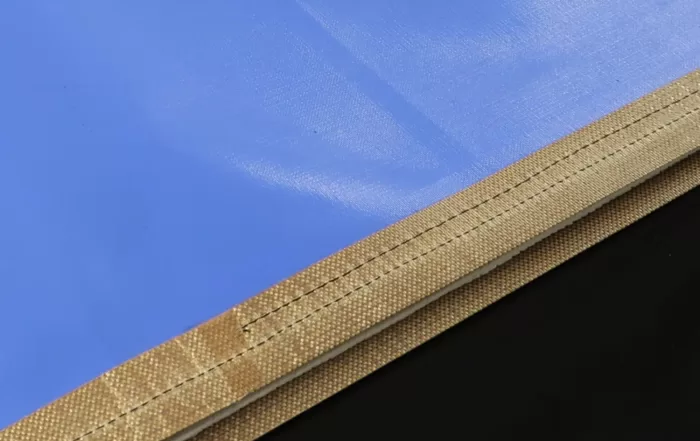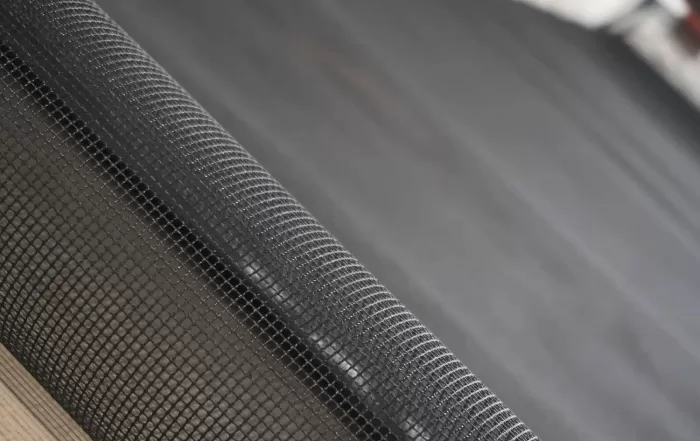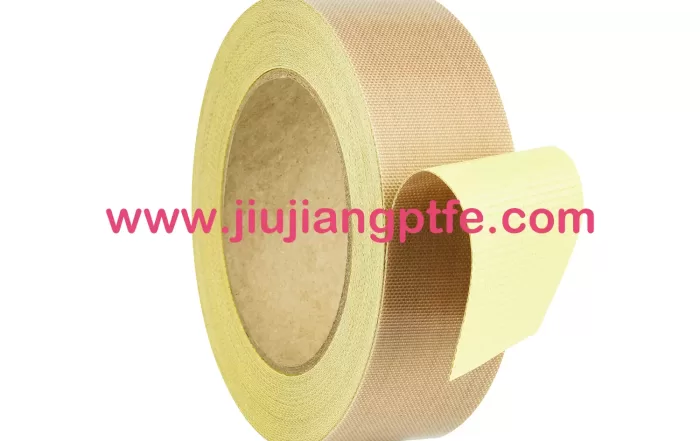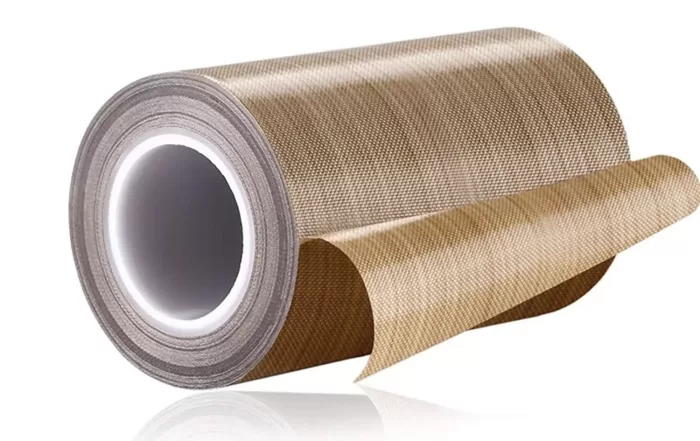PTFE Conveyor Belt Cold Joint Solution: Bridging Efficiency with Durability
In the realm of manufacturing, the seamless operation of conveyor systems is instrumental in maintaining a cycle of productivity. PTFE, or polytetrafluoroethylene, is renowned for its unique properties including high thermal stability, resistance to chemicals, and low coefficient of friction which make it an ideal material for conveyor belts. However, despite its robust nature, PTFE conveyor belts may face issues that necessitate repair, and one such solution is the cold joint solution.
Understanding Cold Joint Solutions
Cold joint solution is a mechanism where the PTFE conveyor belt is repaired using a cold bonding method, thereby avoiding the conventional hot bonding techniques. This strategy hinges on the application of a specially formulated adhesive which facilitates bonding at room temperature.
Benefits of Cold Joint Solution
1. Temperature Resistant – Cold joint solutions preserve the inherent thermal resistance properties of PTFE materials.
2. Quick Application – The cold joint solution can be applied swiftly compared to the hot bonding process, thereby reducing downtime.
3. Cost-Effective – Eliminating the need for high-energy consumption machinery, the cold joint solution proves to be a budget-friendly alternative.
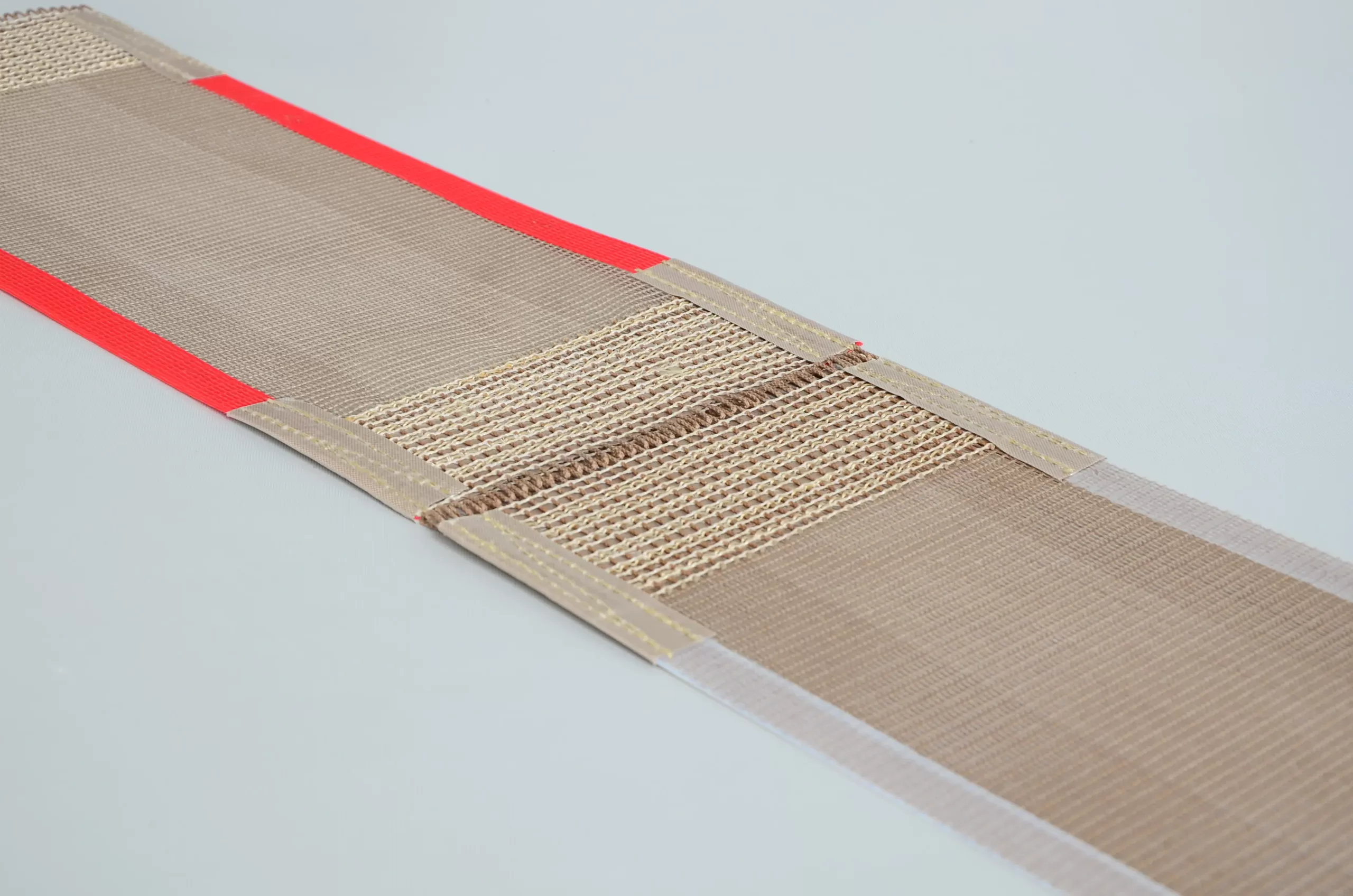
Implementation: A Step-By-Step Guide
Step 1: Surface Preparation
Start with cleaning the surface thoroughly to remove impurities, ensuring an uncontaminated foundation for the adhesive to bond.
Step 2: Adhesive Application
Apply a uniform layer of the specialized cold joint adhesive on the prepared surface of the conveyor belt.
Step 3: Joint Alignment
Accurately align the joint ends, ensuring that there is no misalignment which might affect the performance of the conveyor system.
Step 4: Curing Process
Allow sufficient time for the adhesive to cure and facilitate a strong bond, setting the stage for a revitalized conveyor system.
Step 5: Inspection and Testing
Post-curing, undertake a comprehensive inspection to ascertain the joint’s integrity followed by a series of functional tests to guarantee optimal performance.
Case Studies: Success Stories of Cold Joint Solutions
Real-world applications have underscored the efficacy of cold joint solutions. From textile manufacturing plants to food processing units, the testimony of industries attesting to the increased life span and enhanced performance of PTFE conveyor belts post cold joint solution application is growing, presenting a compelling case for its wide-scale adoption.
Challenges and Solutions
While cold joint solutions offer a plethora of benefits, it is not without its set of challenges. The key to a successful application lies in the choice of adhesive, which must be compatible with PTFE materials to foster a strong bond. Moreover, skilled technicians with expertise in cold joint solutions are pivotal in avoiding common pitfalls and ensuring a successful implementation.
The cold joint solution stands as a beacon of efficiency and durability in the PTFE conveyor belt landscape. Facilitating rapid repairs without compromising on the intrinsic properties of PTFE, it is paving the path for a sustainable future in conveyor belt maintenance. As industries strive for streamlined operations with minimal downtime, adopting the PTFE conveyor belt cold joint solution emerges not just as a choice, but a necessity.

